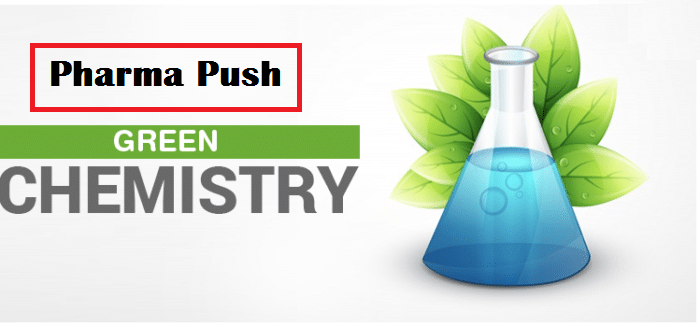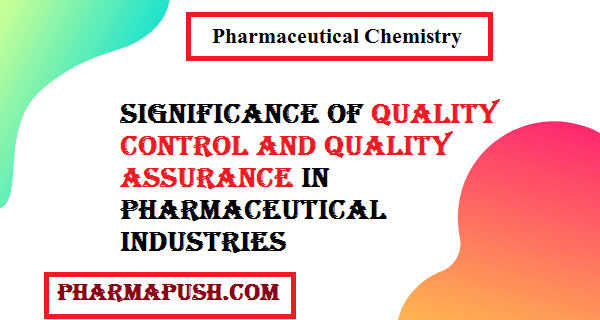Computer aided drug discovery (CADD) is a multidisciplinary field that integrates computational methods and tools to accelerate and enhance the drug discovery process. It involves the use of various software programs and algorithms to predict and analyze the properties of potential drug candidates, understand their interactions with biological targets, and optimize their pharmacological profiles. In this comprehensive exploration, we’ll delve into the key software programs employed in CADD, covering molecular modeling, virtual screening, molecular dynamics simulations, and other relevant techniques.
Introduction to Computer Aided Drug Discovery (CADD)
Definition and Significance
Computer-aided drug discovery (CADD) refers to the application of computational techniques to discover and design new drugs. This approach aims to expedite the drug development process, reduce costs, and improve the overall efficiency of drug discovery.
The traditional drug discovery pipeline is time-consuming and expensive, involving the identification of potential drug targets, screening of compound libraries, and optimization of lead compounds. CADD tools facilitate these processes by providing insights into molecular interactions, predicting physicochemical properties, and prioritizing potential drug candidates.
Join TelegramKey Steps in CADD
- Target Identification and Validation:
- Identification of biological targets associated with diseases.
- Validation of target relevance and feasibility.
- Lead Discovery:
- Identification of initial lead compounds with potential therapeutic effects.
- Utilization of virtual screening methods.
- Lead Optimization:
- Structural modification of lead compounds to enhance potency, selectivity, and other pharmacological properties.
- Predictive modeling for optimization strategies.
- Preclinical and Clinical Trials:
- In silico prediction of ADMET properties (Absorption, Distribution, Metabolism, Excretion, and Toxicity).
- Risk assessment and optimization for clinical trials.
Categories of CADD Software
- Molecular Modeling Software:
- Schrödinger Suite:
- Comprehensive suite for molecular modeling, structure-based drug design, and virtual screening.
- Tools like Maestro, Glide, and Prime facilitate ligand-protein docking, molecular dynamics simulations, and structure-based optimization.
- Autodock Vina:
- Widely used for molecular docking studies.
- Allows for the prediction of ligand-protein binding affinities and the exploration of binding modes.
- PyMOL:
- Open-source molecular visualization tool.
- Enables the visualization of complex biomolecular structures.
- UCSF Chimera:
- Molecular visualization and analysis software.
- Useful for visualizing and manipulating large and complex molecular structures.
- Schrödinger Suite:
- Virtual Screening Software:
- DOCK:
- A popular tool for virtual screening and ligand docking.
- Utilizes a geometric matching algorithm for ligand binding prediction.
- Surflex-Dock:
- Employs a scoring function based on surface complementarity.
- Effective in predicting ligand binding modes and affinities.
- AutoDock Tools:
- Assists in the preparation of input files for AutoDock.
- Useful for defining ligand and receptor parameters.
- DOCK:
- Pharmacophore Modeling Software:
- LigandScout:
- Facilitates the generation and validation of pharmacophore models.
- Useful for virtual screening and lead optimization.
- Pharmer:
- Pharmacophore search tool.
- Helps identify compounds that match a specified pharmacophore.
- MOE (Molecular Operating Environment):
- Includes tools for pharmacophore modeling, molecular docking, and virtual screening.
- Widely used in academia and industry for drug discovery.
- LigandScout:
- Quantum Chemistry Software:
- Gaussian:
- Widely used for quantum chemistry calculations.
- Provides accurate electronic structure predictions.
- GAMESS (General Atomic and Molecular Electronic Structure System):
- Open-source quantum chemistry software.
- Suitable for a variety of electronic structure calculations.
- ORCA (Open-Shell Reference Configuration Interaction Approach):
- Quantum chemistry program with a focus on high-level ab initio methods.
- Used for accurate electronic structure predictions.
- Gaussian:
- Molecular Dynamics Simulation Software:
- AMBER (Assisted Model Building with Energy Refinement):
- A suite for molecular dynamics simulations and energy minimization.
- Particularly useful for simulating biomolecular systems.
- GROMACS (GROningen MAchine for Chemical Simulations):
- Specialized in simulating the dynamics of large biomolecular systems.
- Used for studying protein-ligand interactions and membrane proteins.
- NAMD (Not Another Molecular Dynamics program):
- High-performance molecular dynamics simulation software.
- Suitable for large-scale simulations of complex biomolecular systems.
- AMBER (Assisted Model Building with Energy Refinement):
- Cheminformatics Software:
- ChemDraw:
- Chemical drawing and visualization tool.
- Allows for the creation of chemical structures and reactions.
- KNIME (Konstanz Information Miner):
- Open-source data analytics, reporting, and integration platform.
- Widely used in cheminformatics for data preprocessing and analysis.
- RDKit:
- Open-source cheminformatics toolkit.
- Provides a wide range of tools for handling and analyzing chemical informatics data.
- ChemDraw:
You may Like: Various instrumentations used for characterization and quantification of drug
You May Like: Significance of quality control and quality assurance in pharmaceutical Industries
Applications and Case Studies
- Target Identification and Validation:
- Utilizing CADD tools to identify potential drug targets.
- Case study: Identification of protein targets involved in cancer pathways using molecular docking and network analysis.
- Lead Discovery:
- Virtual screening approaches to identify potential lead compounds.
- Case study: Identification of potential anti-viral compounds using virtual screening against viral proteases.
- Lead Optimization:
- Structure-based drug design for lead optimization.
- Case study: Rational design of inhibitors for a specific enzyme involved in neurodegenerative diseases.
- Pharmacokinetics and Toxicity Prediction:
- In silico prediction of ADMET properties.
- Case study: Prediction of hepatotoxicity risk for a series of drug candidates.
- Molecular Dynamics Simulations:
- Studying protein-ligand interactions and conformational changes.
- Case study: Molecular dynamics simulations of a GPCR (G-protein coupled receptor) in complex with its ligand.
- Cheminformatics for Data Analysis:
- Utilizing cheminformatics tools for data preprocessing and analysis.
- Case study: QSAR (Quantitative Structure-Activity Relationship) modeling for predicting the biological activity of a set of compounds.
Challenges and Future Directions
Challenges in CADD:
- Scoring Function Accuracy:
- Improving the accuracy of scoring functions used in molecular docking.
- Addressing challenges in predicting binding affinities.
- Handling Protein Flexibility:
- Accounting for protein flexibility in molecular docking and simulations.
- Developing methods to model and predict induced-fit effects.
- Data Quality and Quantity:
- Ensuring the availability of high-quality and diverse datasets for model training.
- Overcoming data scarcity in certain therapeutic areas.
- Computational Resources:
- Meeting the computational demands of large-scale simulations.
- Optimizing algorithms for parallel processing and efficient resource utilization.
Future Directions:
- Integration of AI and Machine Learning:
- Harnessing the power of machine learning for predictive modeling.
- Developing AI-driven approaches for target identification and lead optimization.
- Advancements in Quantum Computing:
- Exploring the potential of quantum computing for complex simulations.
- Accelerating drug discovery through quantum chemistry calculations.
- Personalized Medicine and Biomarker Discovery:
- Tailoring drug discovery efforts to individual patient profiles.
- Identifying biomarkers for disease diagnosis and prognosis.
- Collaborative Platforms and Open Science:
- Encouraging collaboration and data sharing in the scientific community.
- Leveraging open science initiatives for accelerating drug discovery.
Conclusion
In conclusion, computer-aided drug discovery has become an indispensable component of the pharmaceutical industry, significantly expediting the identification and development of novel therapeutics. The diverse array of software programs discussed in this exploration highlights the interdisciplinary nature of CADD, encompassing molecular modeling, virtual screening, pharmacophore modeling, quantum chemistry, molecular dynamics simulations, and cheminformatics.
Join TelegramAs computational methods continue to evolve and integrate with experimental approaches, the future of drug discovery holds promising prospects for more efficient, cost-effective, and personalized therapeutic interventions. However, ongoing challenges, such as accurate scoring function development and handling protein flexibility, underscore the need for continuous innovation in this dynamic field.



Your answer is very helpfull for me thanks for write this answer my sir is very impressing with me thank you for this answer what you have written
tq dear